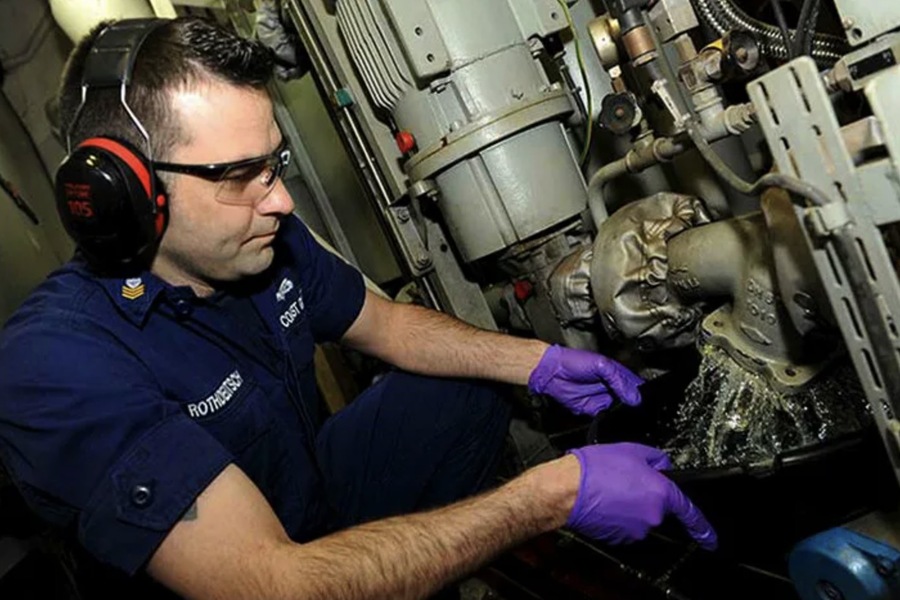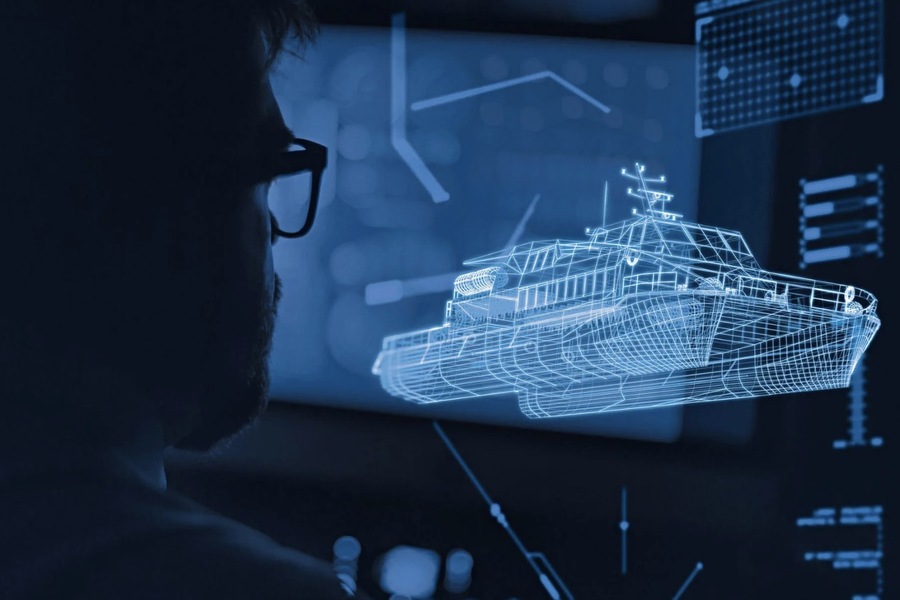Dubai’s coastal architecture and marine engineering projects are a testament to the harmonious blend of functionality and visual appeal. As the city continues to evolve into a global maritime hub, the need to develop structures that merge engineering excellence with aesthetic considerations has never been more critical. This article delves into how marine engineering companies are incorporating design elements into the construction of Dubai’s coastal infrastructure while maintaining structural integrity and sustainability.
Content of Page
The Significance of Aesthetics in Marine Engineering
Marine engineering is traditionally focused on creating durable, safe, and efficient structures capable of withstanding harsh maritime environments. However, in a city like Dubai—where architectural innovation is a key driver of urban development—marine engineering must go beyond utility. The integration of aesthetics ensures that structures are not only functional but also align with the city’s reputation for architectural grandeur. This balance is crucial for enhancing the visual appeal of the coastline, promoting tourism, and supporting the development of luxury waterfront properties.
Key Considerations for Aesthetic Marine Engineering in Dubai
Designing aesthetically pleasing marine structures in Dubai involves addressing multiple aspects beyond structural engineering. Key considerations include materials selection, environmental compatibility, cultural symbolism, and spatial harmony. For instance, using reflective materials that mimic the shimmer of the Arabian Gulf or incorporating curves and geometric shapes inspired by local architectural themes can significantly impact the visual presence of a marine structure. Such considerations require marine engineers to collaborate with architects and urban planners to create designs that resonate with the region’s identity.
Innovative Design Techniques Used in Coastal Structures
Marine engineering companies in Dubai are employing various design techniques to integrate aesthetics and functionality. One such technique is the use of hydrodynamic shapes in breakwaters and seawalls, which not only reduce wave impact but also add visual interest. Another approach involves constructing multi-level promenades and terraces, blending pedestrian-friendly spaces with practical features like flood barriers. These structures often incorporate landscaped gardens and leisure zones, transforming what might have been purely functional designs into spaces that enhance quality of life for residents and visitors alike.

Environmental and Sustainability Considerations
With Dubai’s coastal ecosystem under constant pressure from rapid urbanization, marine engineering projects must prioritize sustainability. Aesthetics-driven designs are increasingly incorporating eco-friendly elements such as artificial reefs, submerged habitats, and mangrove plantations. These features not only boost the visual appeal of coastal structures but also contribute to marine biodiversity. The Dubai Municipality has been actively promoting the integration of such sustainable practices in all new coastal developments to ensure long-term environmental health.
The Role of Technology in Enhancing Aesthetic Design
Technological advancements are playing a pivotal role in enhancing the aesthetics of marine engineering projects. 3D modeling and visualization tools allow designers to simulate how different structures will look against the Dubai skyline, considering variables such as lighting, reflection, and color schemes. This technology enables more informed decisions regarding materials and construction techniques, ensuring that the final outcome is not only structurally sound but also visually appealing. Advanced materials such as lightweight composites and corrosion-resistant coatings are also being used to achieve complex architectural forms that would be impossible with traditional materials.
Challenges in Balancing Design and Functionality
Creating marine structures that are both functional and visually appealing presents unique challenges. Factors such as the harsh maritime environment, tidal fluctuations, and the risk of corrosion require careful consideration during the design phase. Additionally, integrating aesthetic elements without compromising structural integrity can be a complex task. For example, decorative facades or extended promenades must be engineered to withstand wind and wave forces. This often requires the expertise of multi-disciplinary teams that include marine engineers, structural designers, and architects working collaboratively.
Examples of Aesthetic Marine Engineering in Dubai
Dubai’s iconic coastline features numerous examples of marine structures that successfully integrate design and functionality. Projects like the Palm Jumeirah and the Dubai Water Canal are prime illustrations of how aesthetic marine engineering can transform a coastline. These projects incorporate elements like intricate canal layouts, illuminated bridges, and sculpted waterfront promenades that attract visitors and residents alike. Another notable example is the development of luxury marinas that seamlessly blend advanced docking facilities with high-end design, providing both utility and opulence.
The Economic Impact of Aesthetic Marine Engineering
Investing in aesthetically appealing marine engineering projects has substantial economic benefits for Dubai. Enhanced coastal aesthetics contribute to higher property values and increased tourism, both of which are crucial to the city’s economy. The development of attractive waterfronts also supports the real estate market by making coastal properties more desirable. According to the Dubai Land Department, properties with direct waterfront access tend to have a significantly higher market value, underlining the financial advantages of combining design with engineering in marine projects.

Cultural Symbolism in Marine Engineering Design
Cultural symbolism is an essential aspect of aesthetic design in Dubai’s marine engineering projects. Structures often feature elements that reflect the UAE’s heritage, such as patterns inspired by traditional Arabian motifs or color schemes that mimic the region’s natural landscapes. These designs are not only visually striking but also resonate deeply with the local population. Marine engineering companies like the Ghaima Group have been instrumental in ensuring that cultural elements are thoughtfully integrated into coastal projects, enhancing both the visual appeal and cultural significance of these developments.
Future Trends in Marine Engineering Aesthetics
As Dubai continues to grow, the demand for innovative and aesthetically pleasing marine engineering solutions will only increase. Future trends are likely to include the use of biomimicry in design, where structures mimic natural forms such as coral reefs or fish scales to enhance both performance and appearance. Another emerging trend is the development of floating structures and artificial islands that offer unique architectural possibilities. These innovations are expected to redefine Dubai’s coastal aesthetics while setting new benchmarks for sustainable and visually engaging marine engineering.
Conclusion
Marine engineering aesthetics in Dubai represent a harmonious blend of art and science, where design and functionality coexist to create structures that are both visually captivating and structurally sound. As the city continues to expand its maritime footprint, the role of marine engineering companies in crafting these dynamic coastal landscapes becomes increasingly significant. By integrating design and functionality, companies like Ghaima Group are contributing to the evolution of Dubai’s coastline, ensuring that each new development not only meets practical needs but also enhances the city’s architectural legacy.
This approach is setting a global standard for marine engineering, reinforcing Dubai’s position as a leader in innovative coastal development. With an eye towards sustainability and cultural resonance, future marine projects in Dubai will likely continue to push the boundaries of what is possible, creating coastal structures that are both functional and aesthetically inspiring.

